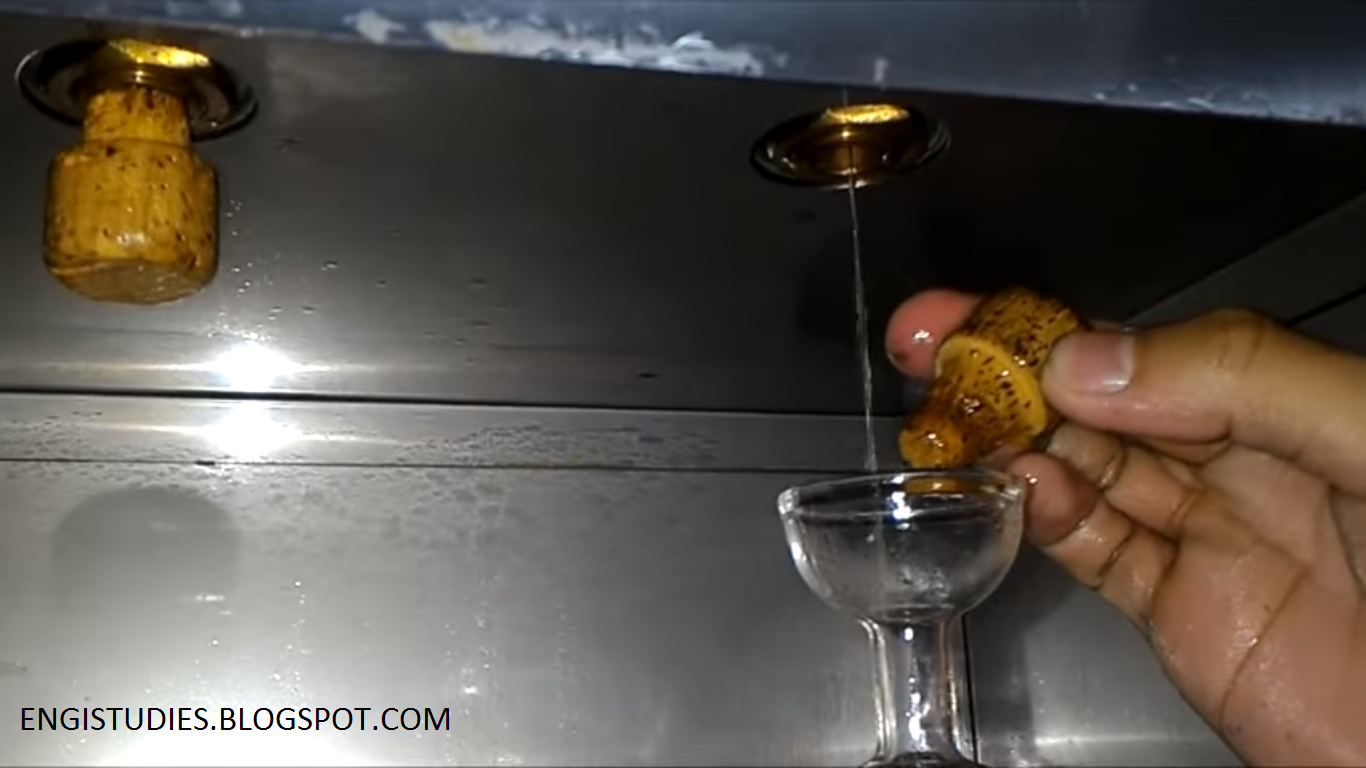Redwood Viscometer Theory and Equation
Basically, there are two types of redwood Viscometer,- Redwood Viscometer No.1(corresponds to oils with Redwood seconds less than 2000)
- Redwood Viscometer No.2(corresponds to oils with Redwood seconds higher than 2000)
Difference between redwood viscometer no.1 and redwood viscometer no.2
This means that the viscosity of a highly viscous fluid, for example, Fuel oil and mobile oil, is determined using Redwood Viscometer No.2. No.1 is used for low viscous oils, for example, Kerosine oil.
Diameter 1.62 mm orifice is used in No.1 and diameter 3.8 mm orifice is used in No.2.
To convert Redwood seconds to kinematic viscosity we use the following equation,
Experiment procedure
The common procedure followed in Redwood Viscometer experiment is as follows,
- Neatly clean the oil cup.
- Keep the orifice close with the ball valve.
- Fill the oil cup with oil to the required oil level.
- Heat the water bath to heat water filled in it.
- Lift the ball valve after getting the required temperature. Use a thermometer for this purpose. Note down the temperature.
- Let the oil flow through the orifice and collect 50ml of oil in the flask. Note the time taken in seconds. For this use a stop-watch.
- This time is called redwood seconds.
- Repeat the above procedure at different temperatures and note down the time.
Determination of viscosity
The image below gives the idea of how viscometer basically looks. |
| Redwood viscometer figure |
What is the Difference between Redwood and Saybolt Viscometer?

The main differences between the Redwood and Saybolt viscometer can be tabulated as follows,
Sr. No.
|
Saybolt Viscometer
|
Redwood Viscometer
|
1.
|
In this experiment, time is recorded in seconds that is required to pass 60ml of oil to pass through a standard orifice.
|
In this experiment, time is recorded in seconds that is required to pass 50ml of oil to pass through a standard orifice.
|
2.
|
The stopper is removed from the bottom of the tube for the liquid to flow.
|
The stopper is replaced with a ball valve and orifice.
|











No comments:
Post a Comment